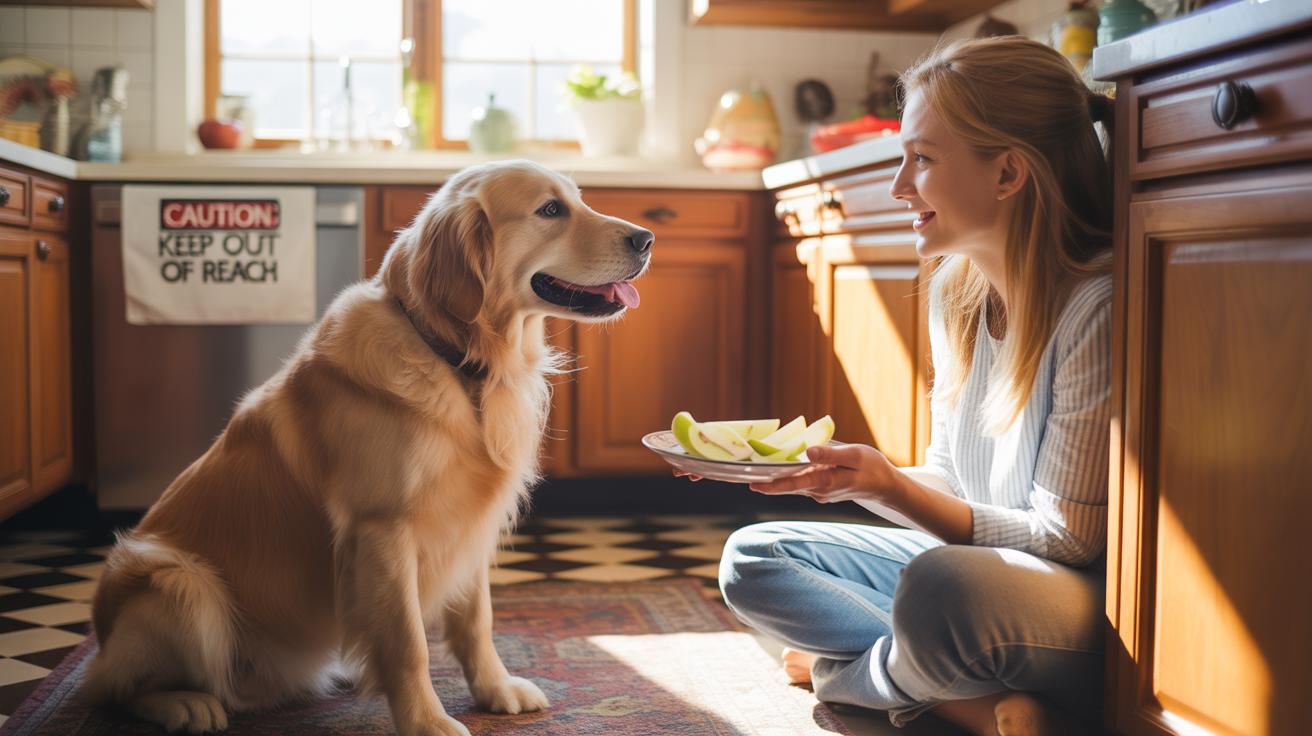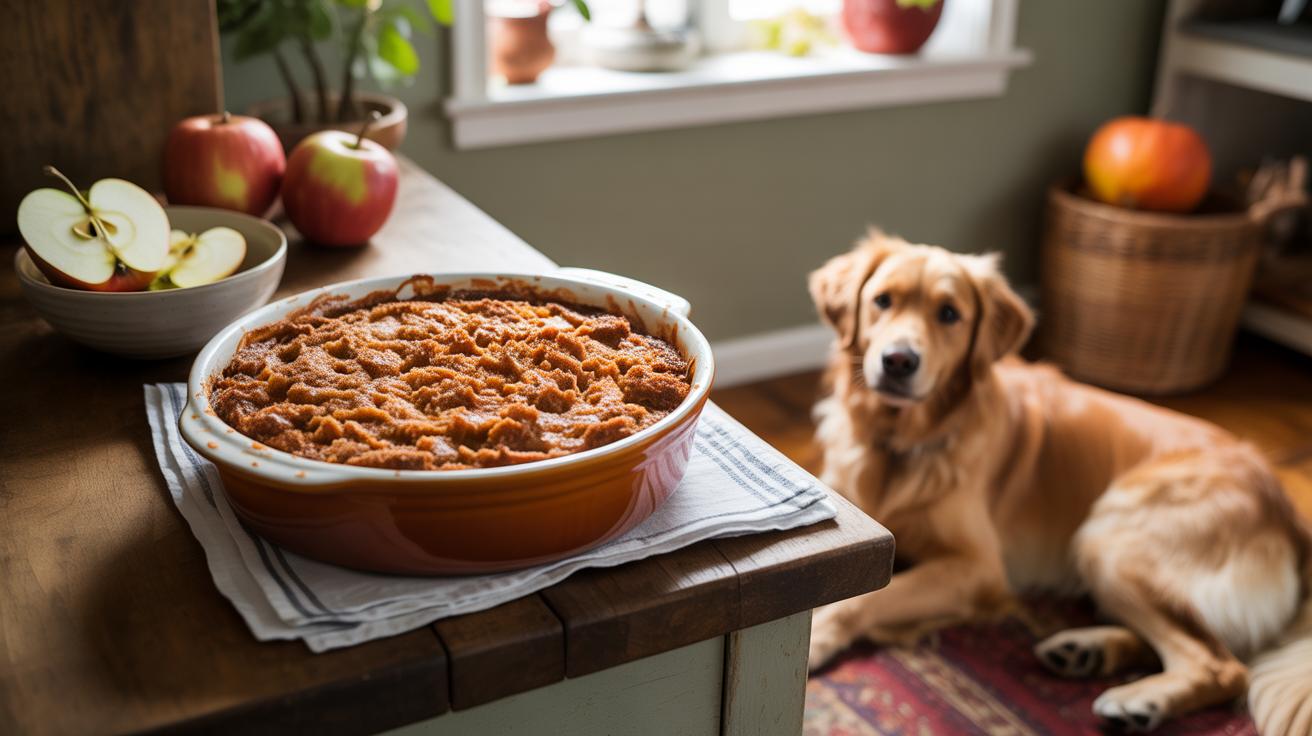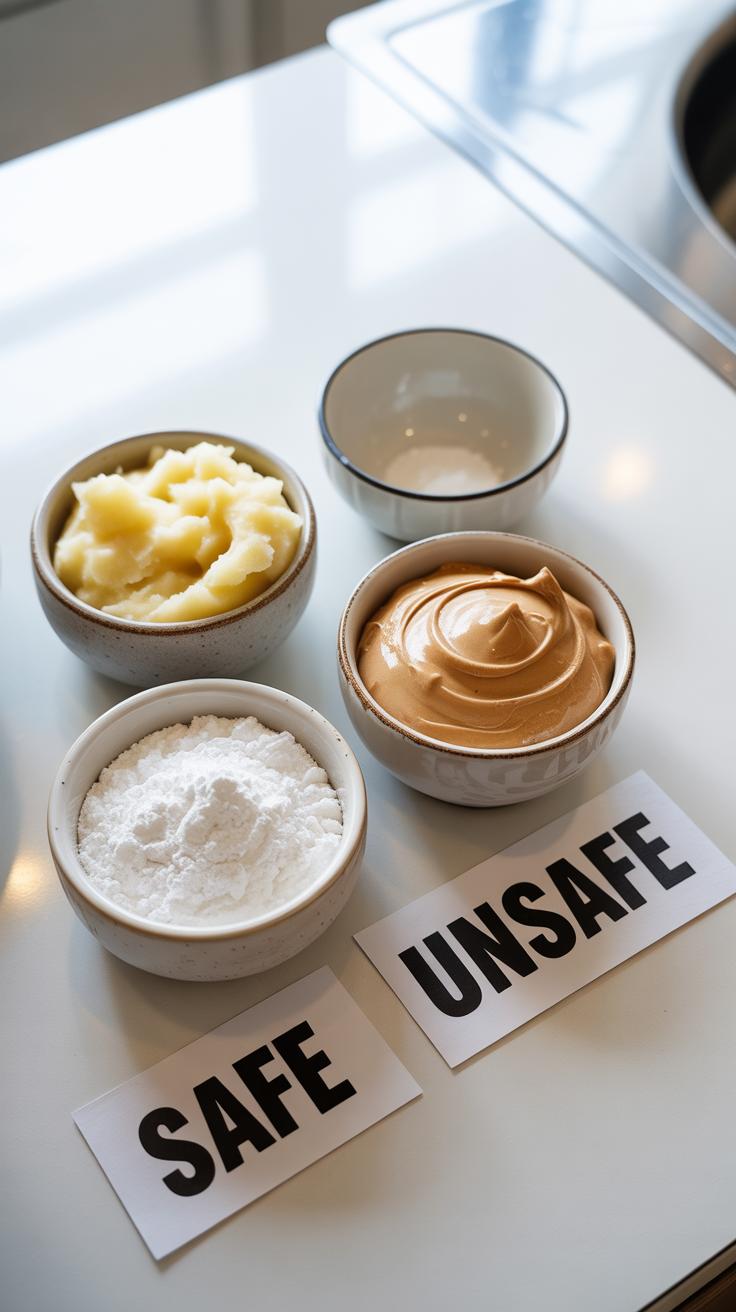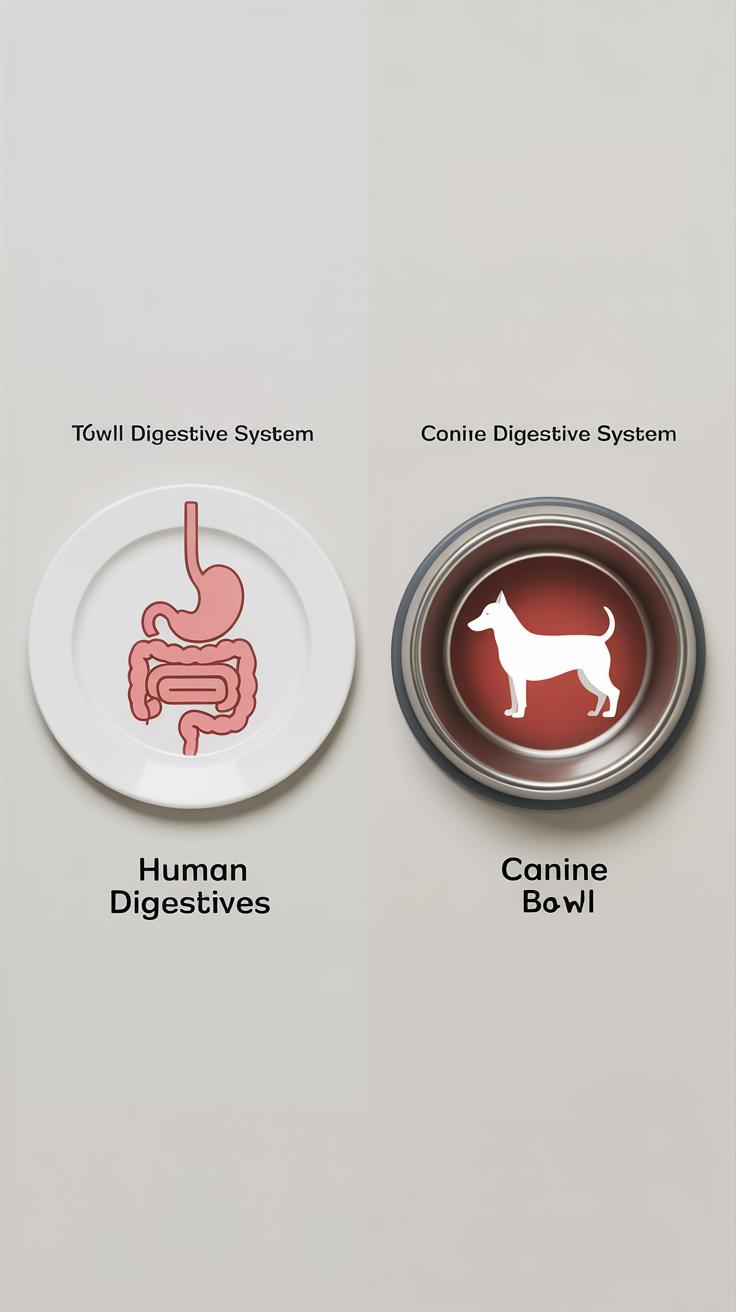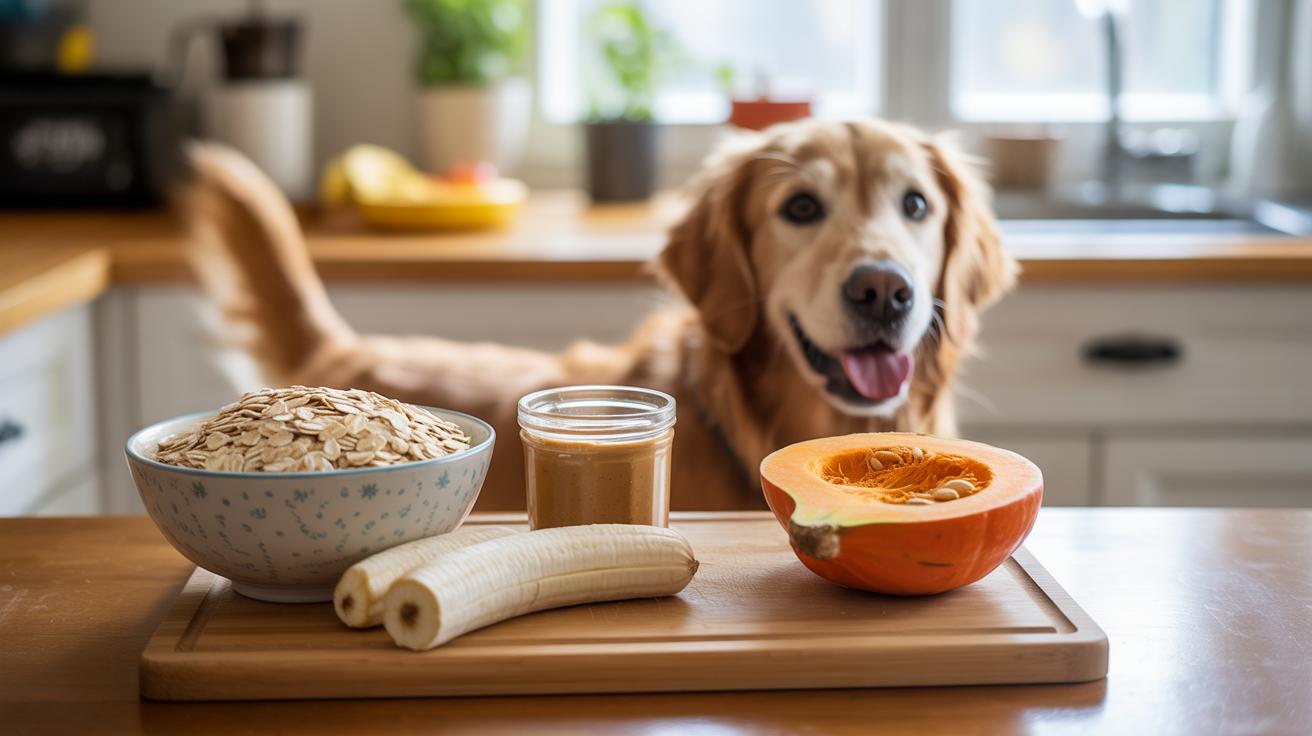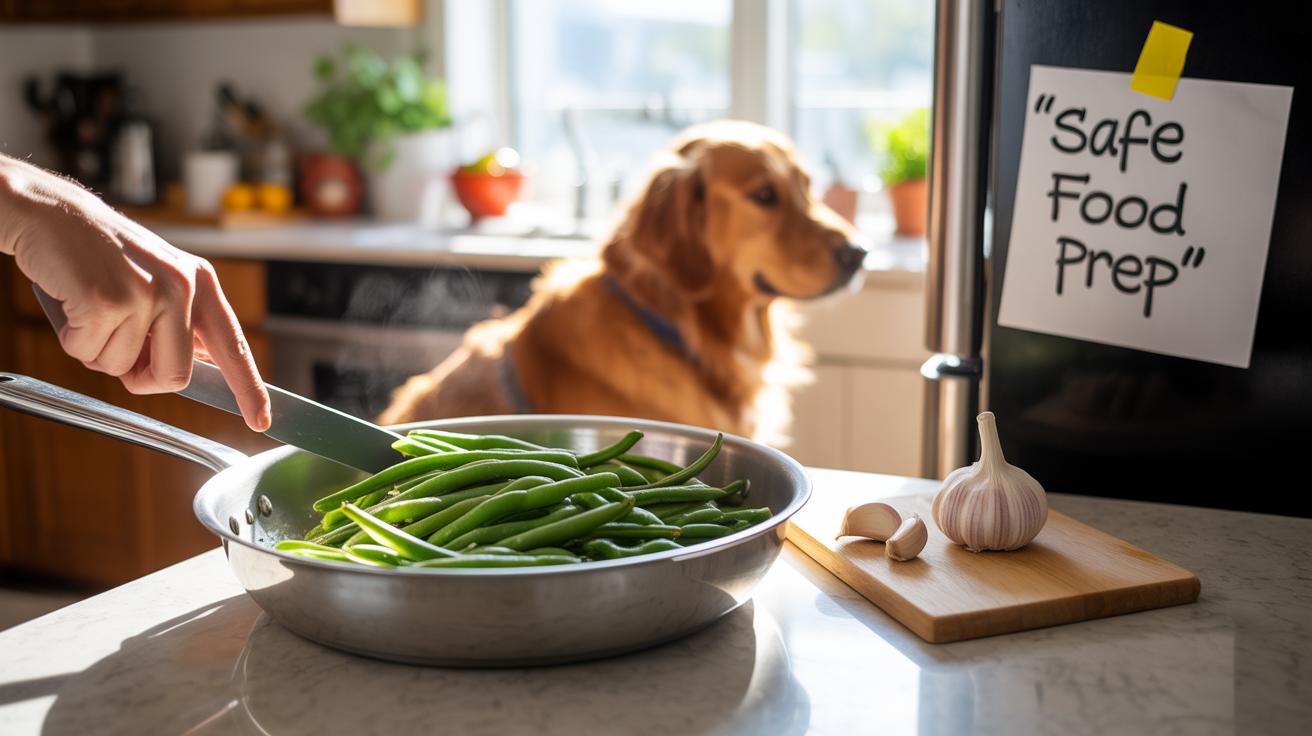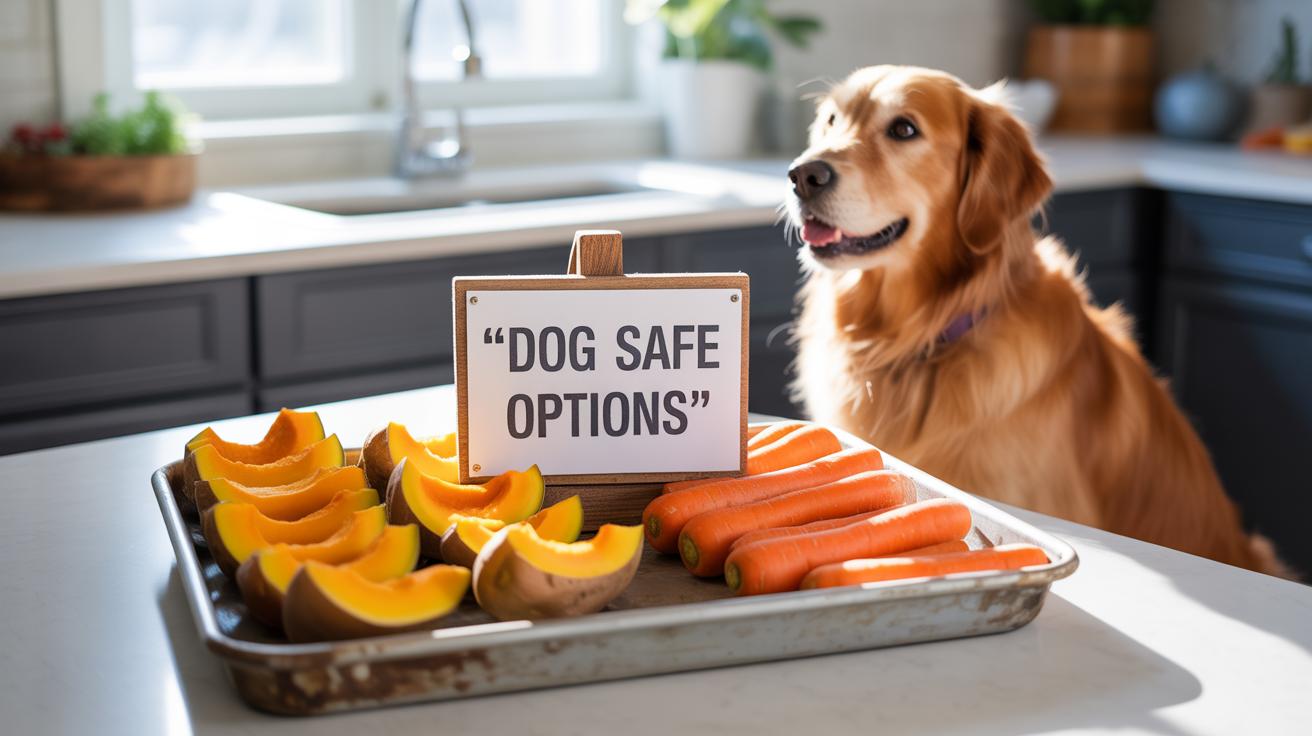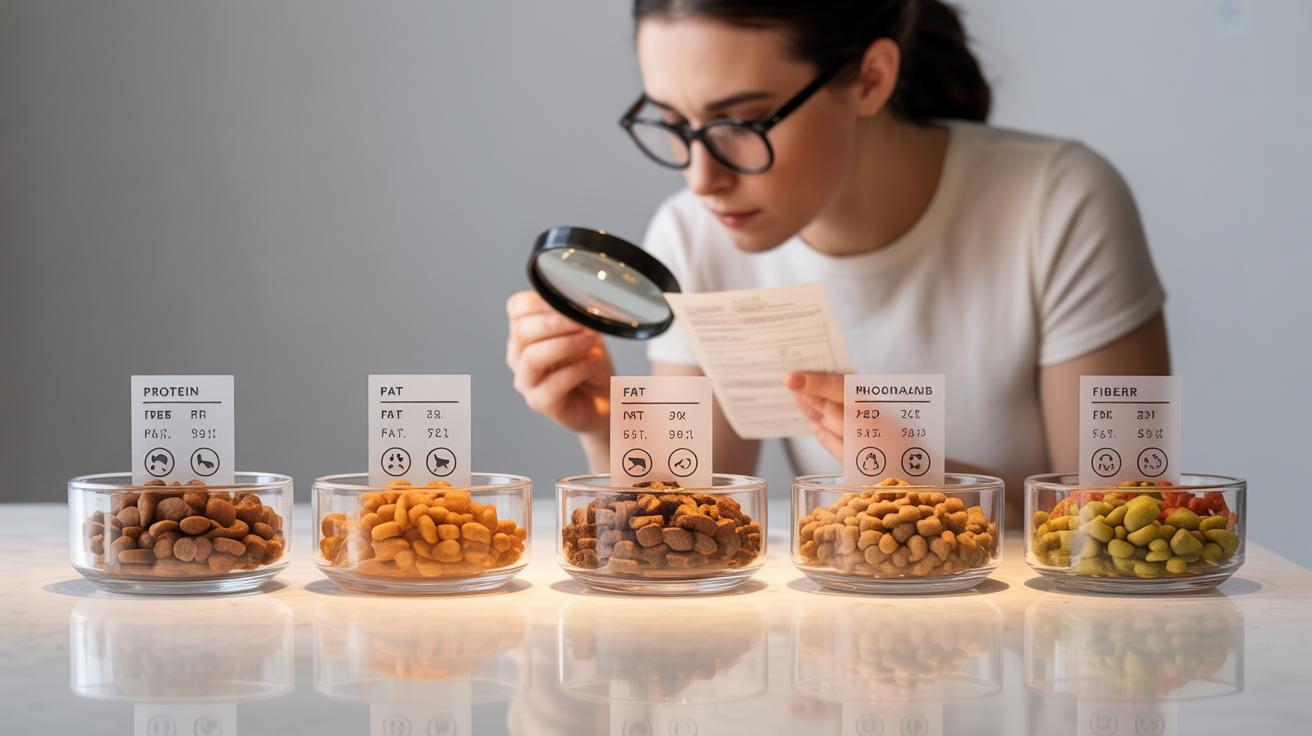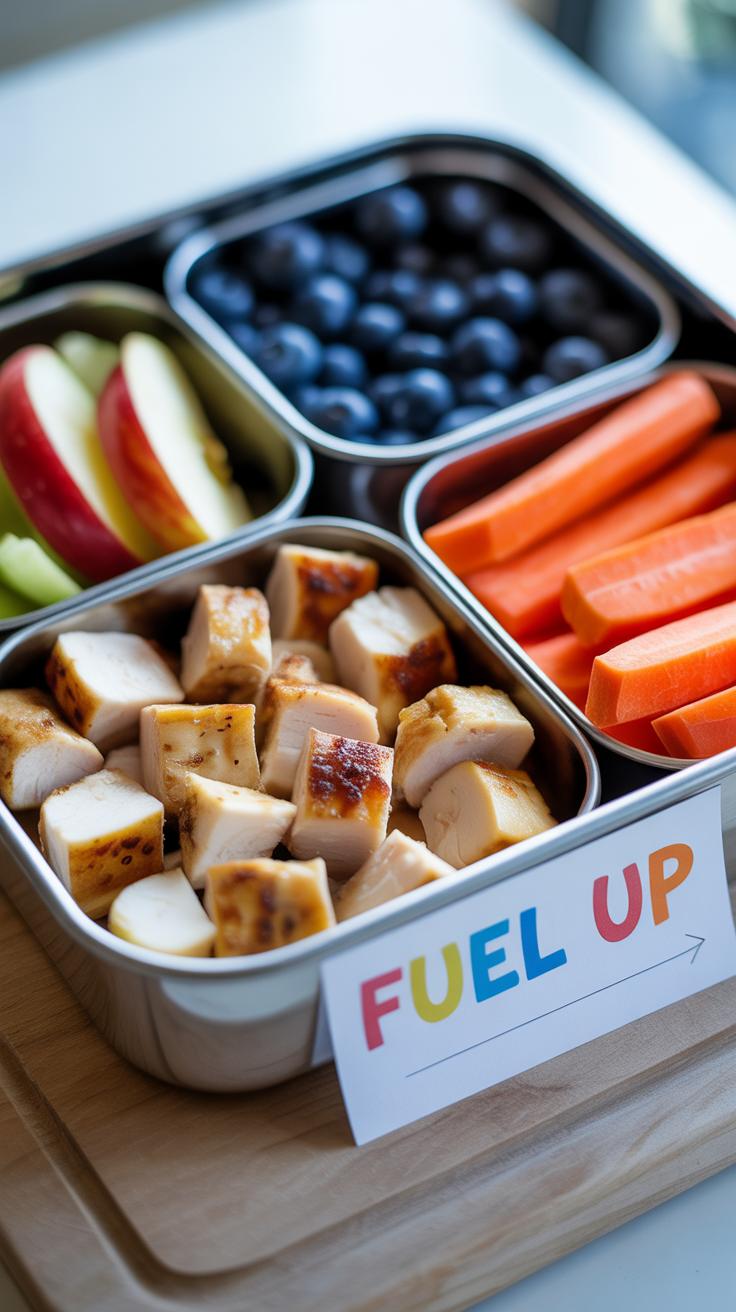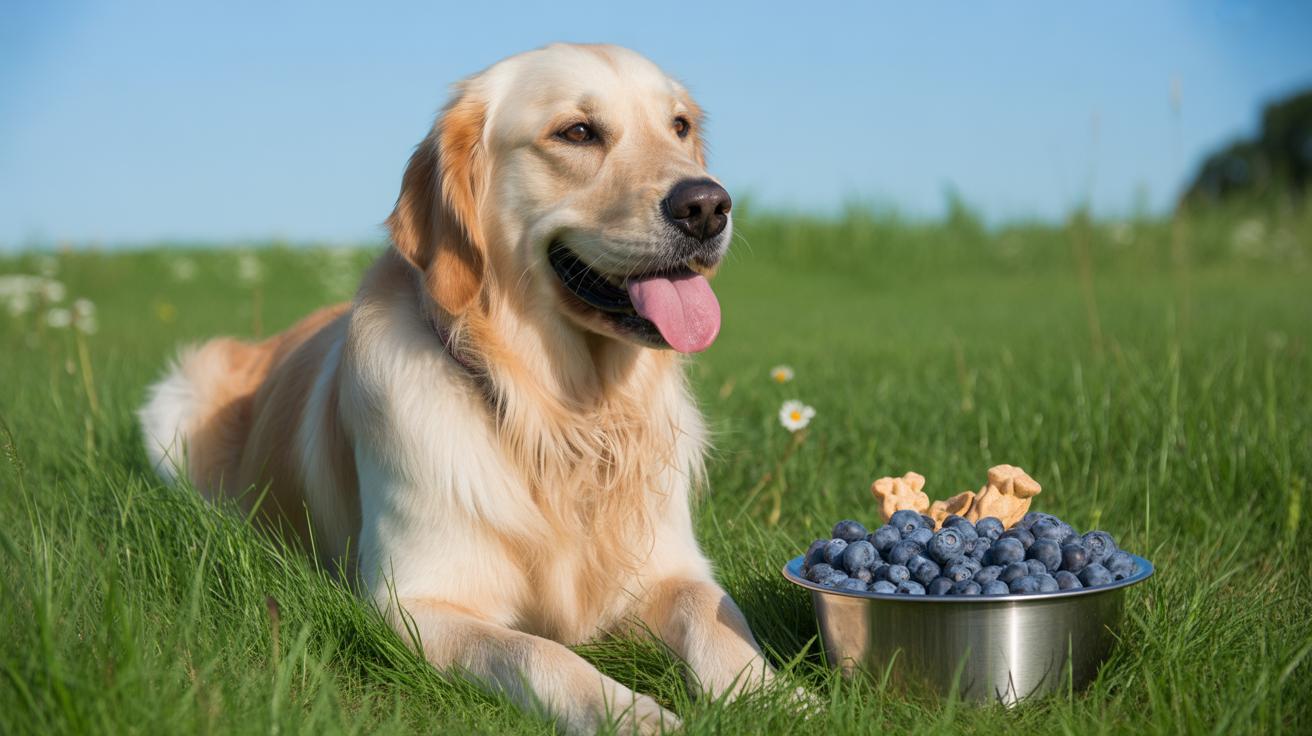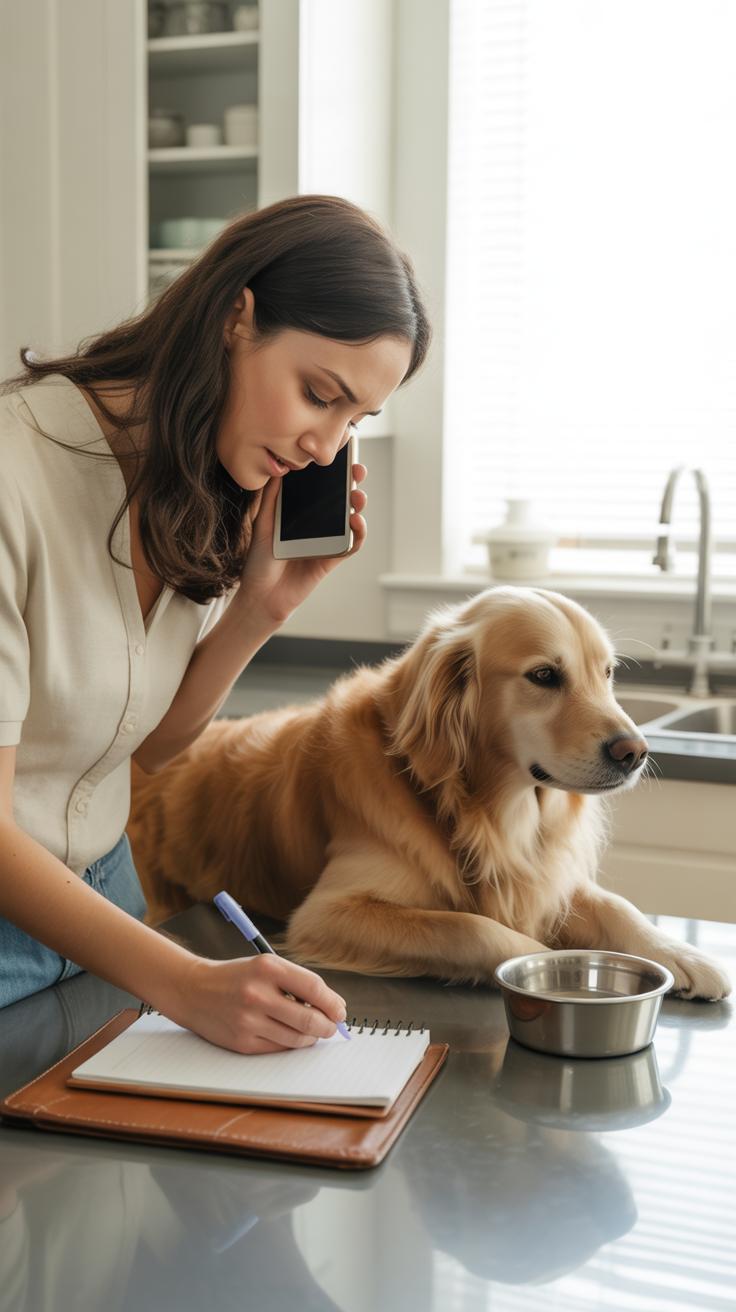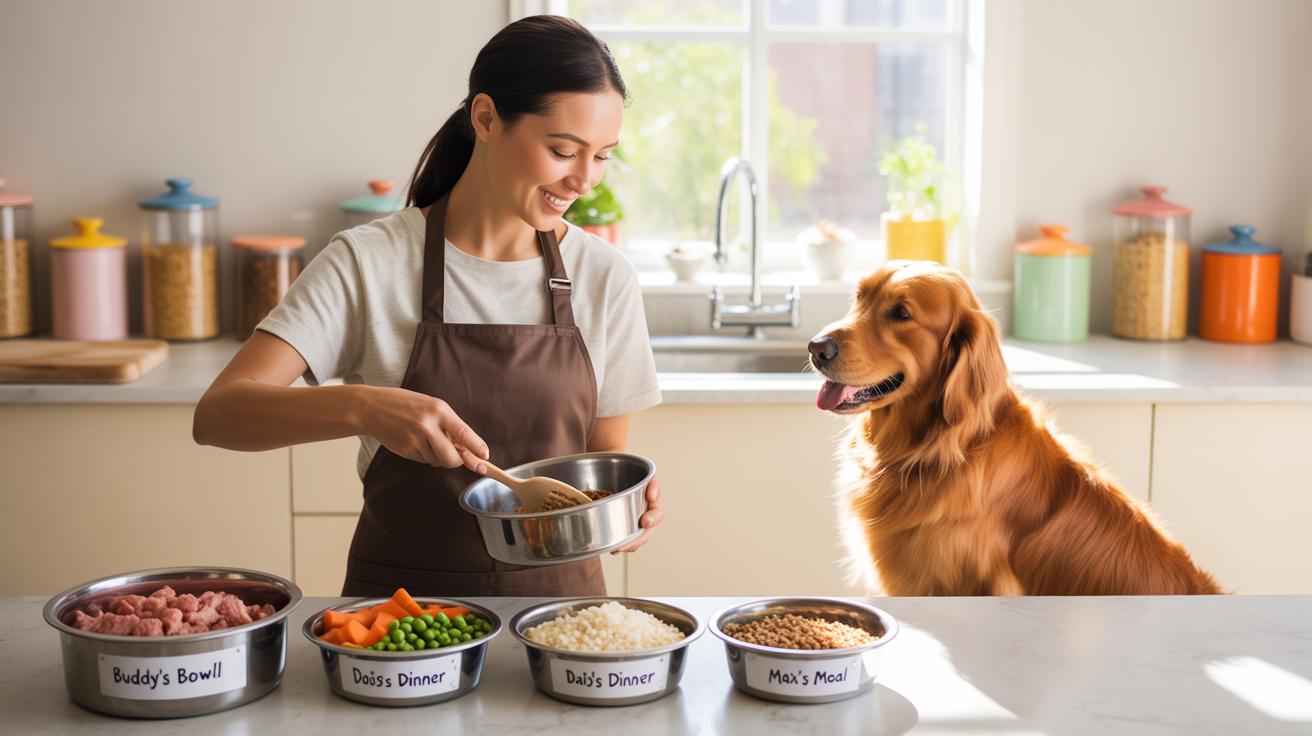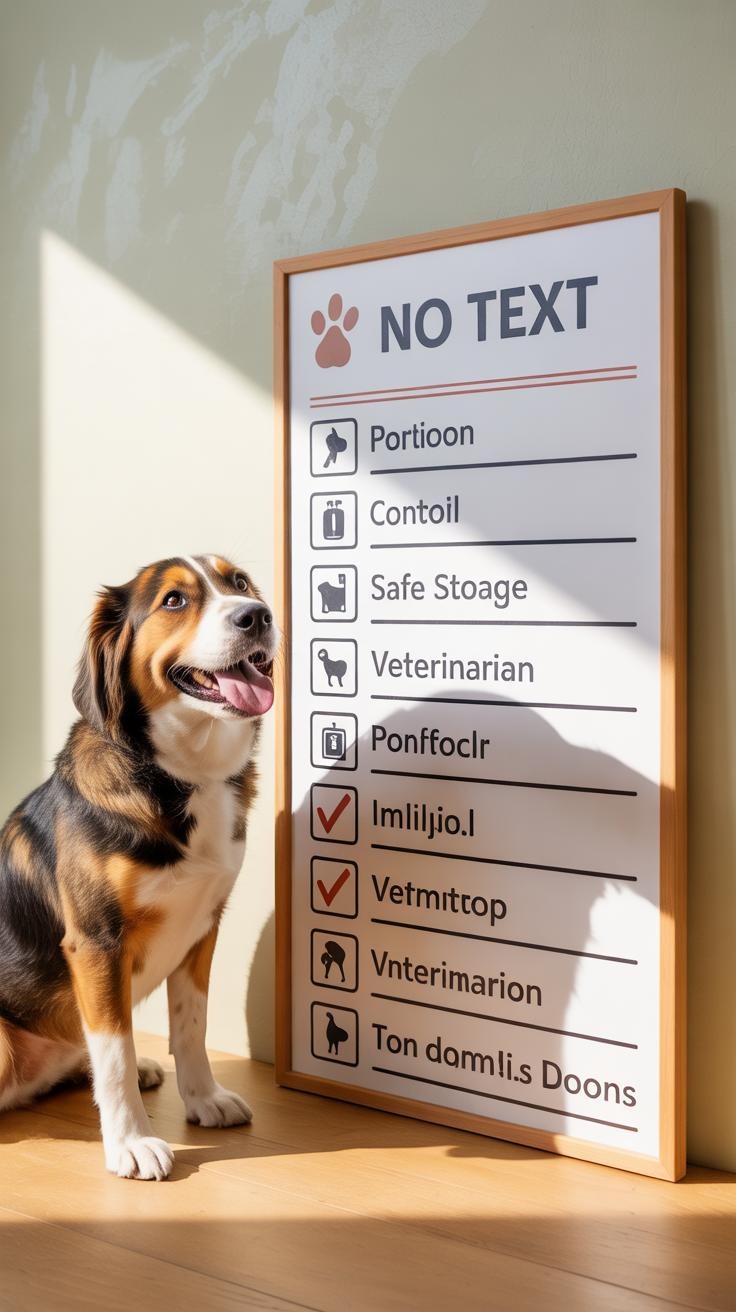Introduction
Potato candy is a sweet treat made by mixing mashed potatoes with powdered sugar to create a dough, then rolled with a filling like peanut butter. This candy is popular in some regions but may seem unusual because of the main ingredient being a vegetable. This article will look into what potato candy is and why it should not be given to dogs.
Many pet owners wonder if sharing their favorite treats with their dogs is safe. Potato candy may look harmless, but it contains ingredients that can be bad for dogs. Understanding these risks will help you keep your dog safe and healthy. We will explore the dangers and the safer choices for your pet.
What Is Potato Candy
Potato candy is a somewhat unusual sweet treat that uses mashed potatoes as a base ingredient. At first glance, it might seem odd to find a vegetable—especially a starchy one like a potato—in candy, but it’s been around for quite a while. Originating in parts of the United States, particularly in the South and Appalachia, potato candy gained popularity during times when sugar was scarce or expensive. The potato offered a cheap and accessible ingredient that helped create a smooth, creamy candy.
The basic process involves mixing cooked, mashed potatoes with powdered sugar until a dough-like consistency forms. This mixture is then rolled out flat and spread with a filling, most commonly peanut butter. After that, it’s rolled into a log, sliced, and served. You end up with candy that is soft, chewy, and sweet – but with a slightly dense texture thanks to the potato.
Usually, the combination of sweet sugar and salty, nutty peanut butter creates a unique flavor contrast. People often find it odd at first, but many develop a liking to it. The use of potatoes provides a smooth base that holds the candy together without requiring any baking or complex cooking methods. This simplicity might contribute to its lasting appeal, even if it’s a bit quirky.
Ingredients Of Potato Candy
The essential ingredients in potato candy are few but specific:
- Mashed potatoes: These are peeled and boiled, then mashed smoothly—no lumps allowed. The potato adds moisture, binding the sugar and helping the candy hold its shape without baking.
- Powdered sugar: Used in large quantities, powdered sugar sweetens the candy and contributes to its dense but soft texture. It also helps absorb the moisture in the potatoes, making a pliable dough.
- Fillings: Peanut butter is the classic choice, giving a salty counterbalance to the sweetness. Sometimes alternatives like jelly or Nutella are used, but peanut butter remains most common.
The choice of ingredients isn’t random. The potato’s starch content provides bulk and body without added fat, while the powdered sugar is both sweetener and thickener. This blend makes the candy different from typical sugar-only confections; it feels heartier, almost like a cross between fudge and a soft dough.
Preparation And Shelf Life
Potato candy is fairly easy to prepare—and no oven needed. After cooking and mashing the potatoes, you mix them gradually with powdered sugar until the mixture thickens into a dough-like ball. Then roll it out flat, spread your peanut butter, and roll it up tightly into a log shape.
The trick is to chill the candy in the refrigerator so it firms up and becomes easier to slice. You can’t really leave it out at room temperature for very long; the moist potato can spoil quickly. Typically, once made, potato candy should be eaten within a week if kept refrigerated.
Some say it tastes best after a day or two once everything sets properly. I’ve noticed it becomes a bit firmer over time — not unpleasant, but more chewy than fresh. It doesn’t last as long as more traditional candies, so you’ll want to store it cool and plan to enjoy it quickly.
How Dogs Process Food Differently
Your dog’s digestive system isn’t quite like yours. While humans can handle a wide range of foods, dogs have a shorter digestive tract and different enzymes that affect how they break down what they eat. This means some ingredients, perfectly fine for us, can be tricky or even harmful for dogs.
Dogs don’t digest sugar the way we do. They lack the specific enzymes to process large amounts of sucrose and other sugars efficiently. So, when your dog eats something sugary—like potato candy—the sugar might stay in their system longer or cause upset. Their metabolism prioritizes protein and fat for energy rather than carbs, which changes how sugar impacts their bodies.
Potato candy mostly contains white sugar and sometimes honey or corn syrup, along with peanut butter. Dogs metabolize fats and proteins more easily, but sugars can disrupt their balance. Too much sugar in their system can stress their pancreas and lead to issues over time.
Then there’s the peanut butter angle. Plain peanut butter is okay in moderation, but many varieties have additives like xylitol, which is extremely toxic to dogs. Even salt or sugar added to peanut butter isn’t ideal. You might think “it’s just peanut butter,” but that small detail makes a big difference for dogs.
So, when you consider how dogs process food, you start to see why potato candy — a sugar-heavy, potentially additive-filled sweet — doesn’t sit well with them. It’s not just about taste; it’s about how their bodies handle what’s inside it.
Dogs And Sugar Intake
Dogs respond differently to sugary foods than humans do. Their bodies aren’t designed to handle large sugar loads. This can quickly lead to problems beyond an upset stomach. Sugar can contribute to weight gain, which links to obesity—yes, dogs get that too. Excess weight stresses their joints and organs.
Diabetes also becomes a risk. Unlike us, dogs don’t regulate sugar as smoothly, so repeated exposure to sweet treats can push them toward insulin resistance. And sugar fuels bacteria in their mouth, leading to plaque, cavities, and gum disease. You might not think much about a sweet treat here and there, but the damage stacks up over time.
They also don’t get the same “reward” feeling from sugar as we do. They aren’t wired for sweet cravings, so feeding them sugary candies is more about your preferences than theirs. Have you ever noticed your dog doesn’t actually seem to want sweet things the way people do? That’s part of it.
Potential Toxic Ingredients For Dogs
Some ingredients common in potato candy raise extra red flags. Here’s what to watch for:
- Xylitol: Sometimes found in peanut butter or candy additives, it causes rapid insulin release and can be deadly.
- High Salt Levels: Some peanut butter brands are salted heavily—too much salt is a serious issue for dogs.
- Artificial Sweeteners and Additives: Aside from xylitol, things like sorbitol or maltitol might be included, which can upset digestion.
- Potatoes Themselves: Raw or green potatoes contain solanine, toxic to dogs; though cooked potatoes are usually safe, the candy’s preparation method matters.
Even if these ingredients aren’t always there, it’s hard to know exactly what’s inside homemade or store-bought potato candy. So, feeding this to your dog is a gamble. That’s why many vets recommend avoiding it altogether, rather than risking toxicity or other health issues.
Risks Of Feeding Potato Candy To Dogs
Feeding potato candy to your dog isn’t as harmless as it might seem. While it looks like a simple sweet treat, the ingredients in this candy can cause real problems. For one, the high sugar content often leads to upset stomachs. Dogs don’t handle refined sugars well, and even a small amount can trigger vomiting or diarrhea. This isn’t just a mild inconvenience — their digestive systems are more sensitive than ours, so getting sick from human sweets happens more easily than you might expect.
Sometimes symptoms are mild and go away quickly, like a little nausea or loose stools. Other times it can be more severe, with continuous vomiting or dehydration, especially if your dog is older or has underlying health issues. I remember a friend whose dog got really sick after eating some sweets that included potato candy — it was scary and expensive to treat.
Digestive Problems
The main issue lies in how certain ingredients affect a dog’s gut. Potato candy typically contains sugar, sometimes added dairy or nuts, which dogs may find hard to digest. Their stomach acid and enzymes just aren’t built to break down these components efficiently. As a result, giving potato candy can quickly lead to:
- Upset stomach
- Vomiting
- Diarrhea
- Occasional abdominal discomfort or bloating
Even a small amount can trigger these symptoms because dogs’ digestive systems react strongly to foreign foods. It’s not like feeding them plain dog food — it’s a shock to their system.
Long-Term Health Concerns
Regularly feeding your dog sweets like potato candy may cause more than just short-term tummy troubles. Over time, high sugar intake can contribute to serious problems, like:
- Obesity, which adds strain to joints and organs
- Increased risk of diabetes
- Potential damage to the liver and pancreas
- Dental disease from sugar buildup
Some people think a little candy now and then won’t matter, but repeated exposure might quietly erode your dog’s health. While every dog’s tolerance varies, it’s fair to wonder if the occasional sweet treat is really worth the risk when there are safer options out there.
Identifying Safe Treats For Your Dog
When it comes to treats for your dog, it’s understandable to want to share something sweet or special. Still, treats made for humans, like potato candy, rarely fit the bill for dogs. Instead, you might find more peace of mind with dog-specific treats formulated to support their health.
Commercial dog treats often include ingredients such as real meat, whole grains, and limited additives. Think of treats containing chicken, beef, or sweet potato along with vitamins or omega fatty acids. These aren’t just tasty; they help with digestion, coat condition, or joint health.
For example:
- Freeze-dried chicken strips offer protein without fillers.
- Peanut butter treats (without xylitol) can provide healthy fats and protein.
- Dental chews help reduce tartar and keep teeth clean.
On the other hand, natural alternatives can offer a more hands-on approach. You might try simple homemade treats made from pumpkin puree, oats, or small bits of apple. These avoid sugar or artificial flavors common in candies. A homemade pumpkin biscuit baked at home tastes different but often appeals well—maybe because it’s fresh and free from preservatives.
Simple recipes that combine plain yogurt, mashed sweet potato, or even carrot pieces can be both fun and low-risk. Still, you want to keep portions moderate and avoid anything with added sugar or chocolate—which is another human treat dogs definitely shouldn’t have.
Ultimately, choosing a safe treat seems to depend on balancing what’s healthy and what your dog enjoys without risking their well-being. The question remains: why give a risky treat like potato candy when so many options already fit the bill?
How To Handle Accidental Ingestion
If your dog manages to sneak a bite of potato candy, it can be pretty stressful. First thing, try to stay calm—panicking won’t help you or your pet. You’ll want to check what exactly and how much your dog ate. Sometimes, a tiny nibble might not cause a serious issue, but it’s better to be cautious.
Recognizing Symptoms
Watch your dog closely for any unusual signs, especially in the first few hours. Common symptoms after eating something harmful like potato candy might include:
- Vomiting or excessive drooling
- Diarrhea or constipation
- Lethargy or weakness
- Tremors or shaking
- Loss of appetite
- Excessive panting or restlessness
It’s tricky sometimes—some dogs show subtle signs or odd behavior that’s easy to miss if you’re not paying attention. I once had a dog that just seemed a bit quieter and avoided playtime after munching on something she shouldn’t have. That was my cue to call the vet.
Emergency Actions
If symptoms start showing or you’re uncertain about your dog’s condition, contact your veterinarian immediately. Be ready to provide:
- The type of candy ingested
- Approximate amount eaten
- Your dog’s weight and breed
- Any symptoms you have noticed
- How long ago the ingestion happened
While waiting for advice or help, keep your dog comfortable and try to prevent further eating. Don’t induce vomiting unless a vet instructs you to—it can sometimes do more harm than good, depending on what the dog swallowed.
Sometimes, the vet might suggest you bring your dog in or monitor at home. Either way, better safe than sorry. You wouldn’t want to guess and risk your dog’s health. So, keep the number of your vet handy, just in case it’s needed unexpectedly. It’s always better to act sooner rather than later.
Why Peanut Butter Matters In Potato Candy
Peanut butter is a key ingredient in many potato candy recipes, often used to bind the potato dough and add flavor. But when it comes to dogs, not all peanut butter is the same. Some types contain ingredients that are very harmful to pets. You might think peanut butter is a safe treat for dogs because it’s common in dog snacks, but that’s not always the case here—especially when mixed into sweets like potato candy.
Peanut butter in potato candy can sometimes contain dangerous additives, like sweeteners or preservatives. The difference lies mostly in what’s added to the peanut butter rather than the peanuts themselves. It’s a good reminder that even common foods can pose risks depending on how they’re processed. So, before you assume that peanut butter in potato candy is harmless, it’s wise to check what kind of peanut butter is being used.
Xylitol And Other Harmful Additives
One troubling ingredient found in some peanut butters is xylitol, a sugar substitute often labeled as “natural sweetener.” It sounds innocent enough, but xylitol is extremely toxic to dogs—even tiny amounts can cause a rapid drop in blood sugar and liver failure. It’s not just xylitol, either. Some peanut butters contain added salt, artificial flavors, or preservatives that may upset your pet’s stomach or cause more serious issues over time.
Because xylitol is sometimes hidden in labels or appears under different names, it’s easy to miss. This is why relying on generic or bulk peanut butter without reading labels carefully is risky. If your dog manages to eat potato candy made with such peanut butter, the outcomes can be dangerous quickly.
Safe Peanut Butter Options
If you want to use peanut butter in homemade treats for your dog, select brands that have only peanuts and maybe a bit of salt. Many pet stores offer peanut butter specifically formulated for animals—no sugar, no additives, no xylitol. Always check the panel. Look for labels that say “100% peanuts” or “no sugars added,” and avoid anything listing xylitol, sweeteners, or artificial ingredients.
Even if you don’t plan to make dog treats yourself, it helps to know how to spot safe peanut butter in case your dog accidentally nabs a bit. It’s a small step, but it could prevent considerable health issues later. When in doubt, ask your vet or stick to peanut butters clearly marked as safe for pets. It might seem like an extra hassle, but trust me—it could save you trouble down the road.
How To Keep Your Dog Safe Around Human Food
Keeping your dog safe from harmful human foods like potato candy can feel like a full-time job, but some strategies really help. Training plays a huge role. Teaching your dog simple commands like “leave it” can stop them dead in their tracks when they spot something on the floor or table. It’s not always easy—sometimes they ignore you or test boundaries—but with patience and consistency, it becomes second nature for them to resist tempting treats.
At home, the environment matters a lot. Dogs are curious and quick, so storing food out of reach is key. That means no leaving bags or wrappers on low countertops or coffee tables. I’ve found that keeping snacks in higher cupboards or using childproof latches works surprisingly well. Even if you’ve trained your dog well, an open bag on the floor is an open invitation.
Sometimes, blocking access to certain areas altogether is necessary. Baby gates can create safe zones where food is off-limits. This can also prevent those sneaky moments when you’re not looking. Sure, it can be a hassle to rearrange and add barriers, but a bit of effort here avoids a lot of worry later.
Think about your usual routine. Do you eat potato candy during family time? Maybe change where you eat or how you store leftovers. It sounds small but removing temptation can make all the difference. And remember, even the best dog can slip up. So mixing good training with smart household management makes a better safety net than relying on either one alone.
Summary And Best Practices For Pet Owners
Potato candy might seem harmless—after all, it’s just sugar and potatoes, right? But for dogs, it’s a tricky mix. The sugars and fats in this treat aren’t meant for their digestive system, which can lead to upset stomachs or worse. Also, some recipes include ingredients that are outright dangerous, like cinnamon or processed additives.
Here are the key points to keep in mind:
- Potato candy contains sugar and other additives that can harm your dog’s health.
- Even natural ingredients, when combined or given in the wrong amounts, can cause digestive or metabolic issues.
- Dogs are different from humans in processing food; what seems minor to us may be risky to them.
When offering treats, perhaps it’s best to pick snacks made specifically for dogs or simple, dog-safe options like plain carrots or apple slices. Stay curious about what you feed your pet and don’t hesitate to ask your vet if something seems questionable. It’s better to be cautious—your dog’s health is worth that little extra effort.
Thinking twice about sharing potato candy or similar treats might save you from an unexpected vet visit. Ultimately, your awareness and choices shape your dog’s well-being more than you might expect.
Conclusions
Potato candy, while a unique and nostalgic treat for humans, is not suitable for dogs. The ingredients in potato candy, such as peanut butter (which may contain harmful additives), large amounts of sugar, and sometimes additional flavorings, can cause health issues in dogs. Sharing this candy with your pet can lead to digestive problems or more serious conditions.
To protect your dog, avoid feeding them potato candy. Instead, choose treats specifically made for dogs that provide nutrition without harmful substances. Always be aware of what your dog eats and keep harmful sweets out of their reach. Your attention will help your dog live a healthy and happy life.

